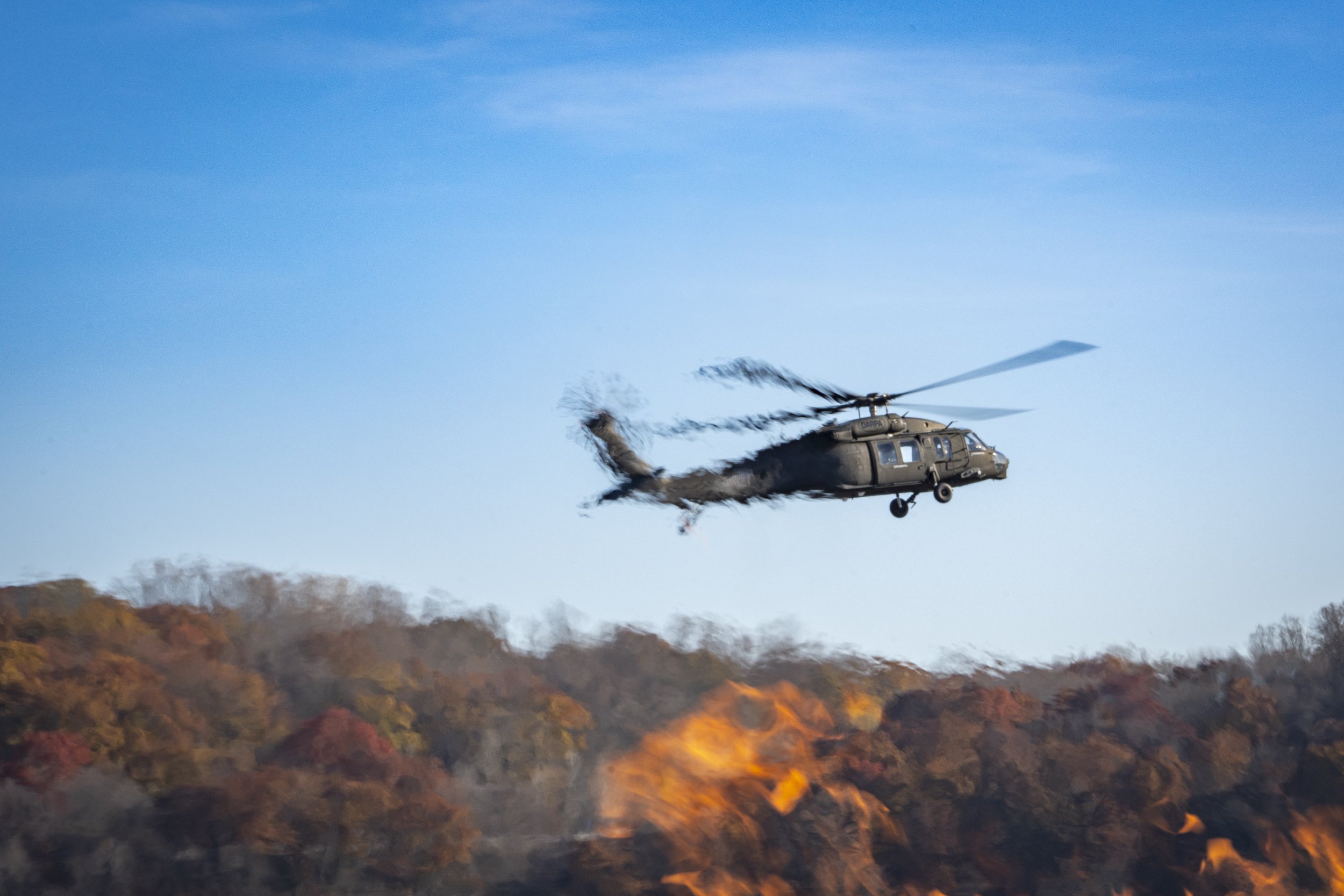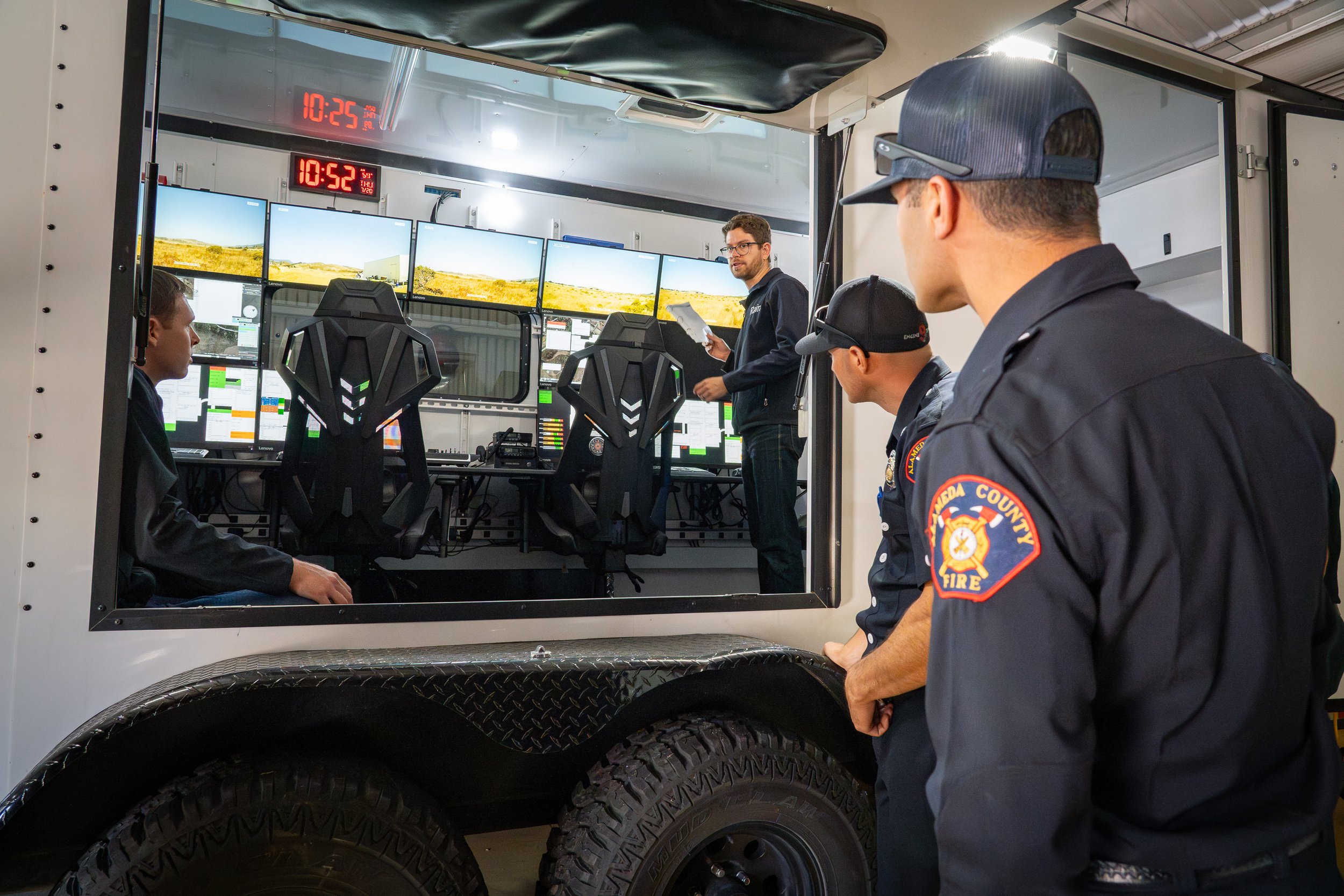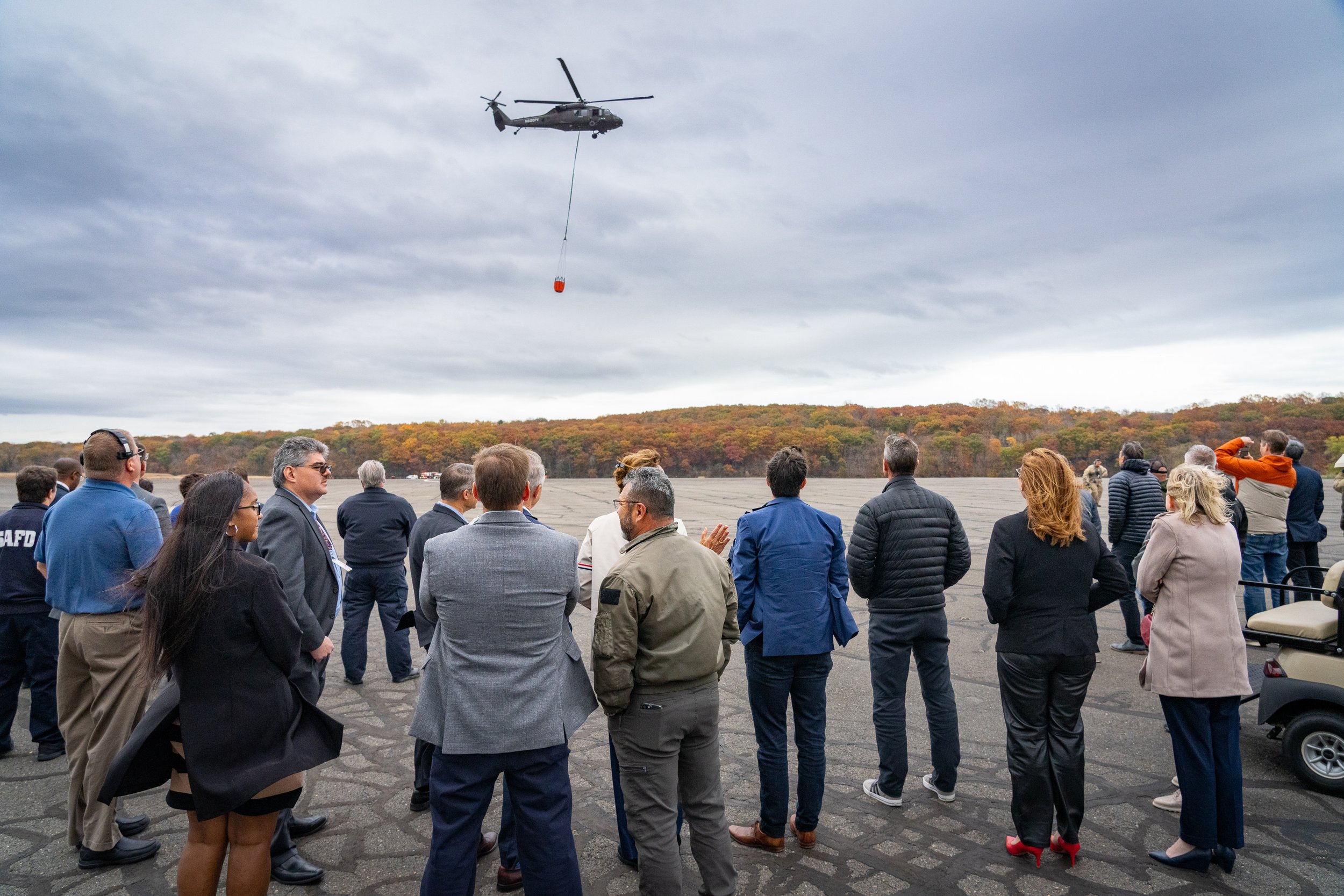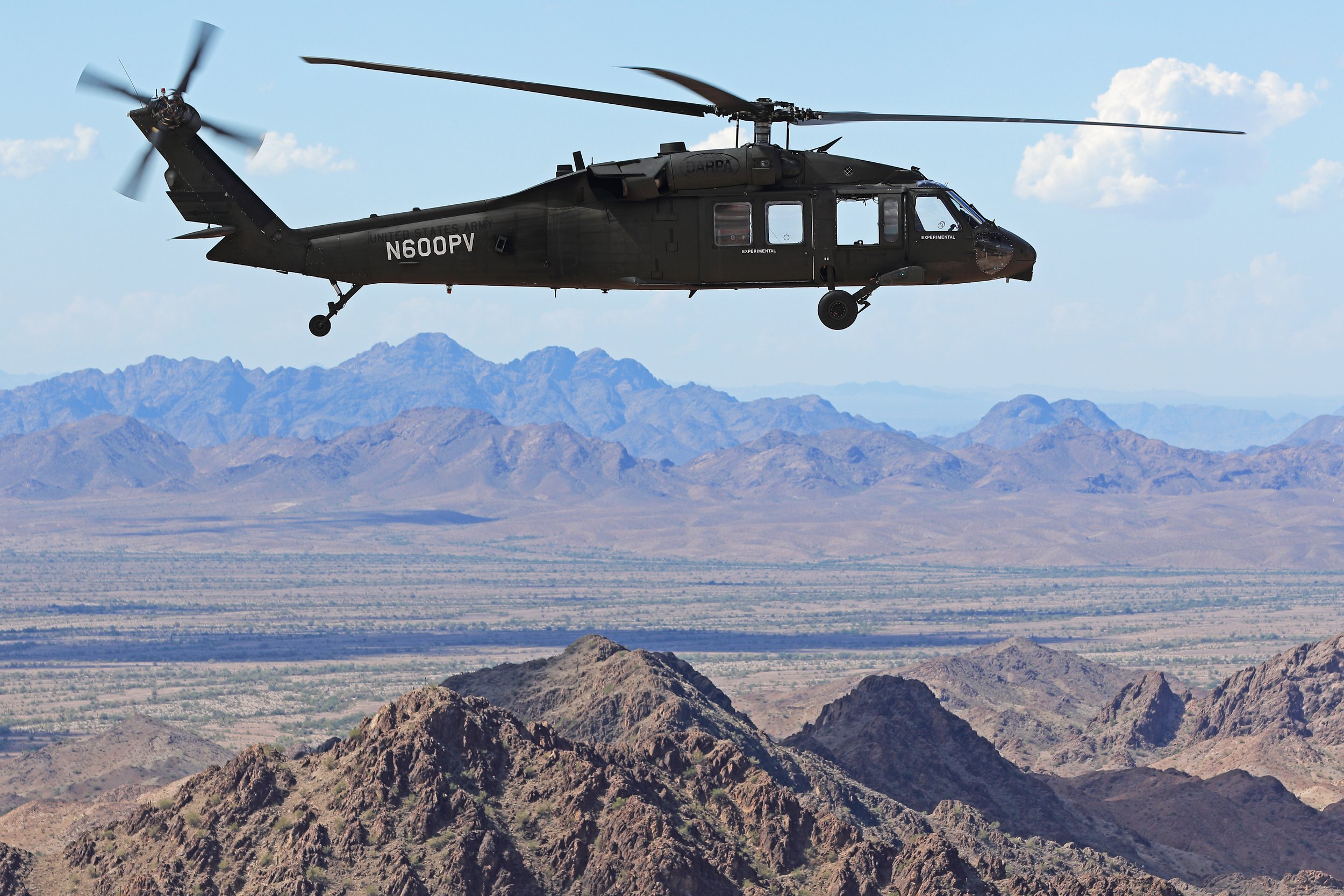
Autonomous aircraft for wildfire response
Rain adapts military and civil autonomous aircraft with the intelligence to perceive, understand, and suppress wildfires.
Our technology equips fire agencies with a new layer of safety for human-piloted missions, and enables efficient command of a network of uncrewed aircraft prepositioned in remote areas to reduce response time.
This simulation combines fire propagation and fire suppression modeling to determine how many aircraft are required to contain or slow an ignition before it reaches its inflection point.
-

Fire is detected early
With over 1,100 early fire watch cameras in California and more across the American West, many regions recognize the growing threat of wildfire and have already invested in early detection. -

Rain-enabled aircraft respond
Rain’s wildfire mission autonomy system perceives the fire, understands its behavior, size, direction of spread, and uses that information to design a suppression strategy. -

Fire is contained
Rain’s wildfire intelligence system builds a strategy that considers subsequent responding aircraft, incorporating their resources and arrival times into an optimal suppression strategy. Ground crews ensure complete fire suppression.
What leaders are saying
We sat down at our HQ with fire luminaries Chief Brian Fennessy and Chief Kate Dargan Marquis to ask what they thought about our work to enable autonomous aircraft to rapidly respond to wildfires when they are still small, before they grow out of control.
-

Chief Brian Fennessy
“Reducing wildfire response time has always been our primary goal. With three aircraft staffed 24/7/365, our Quick Reaction Force program in the greater Los Angeles area has already saved taxpayers hundreds of millions of dollars by responding to ignitions quickly. Rain’s autonomous wildfire suppression technology will give every community the opportunity to stop wildfires before they grow out of control.”
—Chief Fennessy is the Orange County Fire Chief, Chair of FIRESCOPE and was recently named International Fire Chief of the Year
-

Chief Kate Dargan Marquis
“The paradox of wildfire today is that we need much more low intensity, healthy fire and less high intensity, damaging fire. Rain succeeds for both of these goals by making it easier to control damaging fires in new ways, and also by helping us advance low intensity fire when and where we need it. Rain has a unique vision and role in our fire future.”
—Chief Kate Dargan Marquis is the former California State Fire Marshal & former White House Assistant Director of Disaster Preparedness and Response. She currently serves as a senior advisor to the Gordon and Betty Moore Foundation Wildfire Resilience Initiative.
-

Chief Dan Munsey
“It is clear that autonomous uncrewed aircraft are critical to the future of wildland firefighting response. Keeping fires small using water dropping drones and using drones to map fire perimeters are two examples of how uncrewed aerial systems allow our firefighters to respond and safely control fires before they can grow uncontrollable. Rain is at the forefront of this exciting wildland firefighting evolution.”
—Chief Munsey is the Chairperson, International Association of Fire Chiefs Technology Council
Updates

Built with Fire Professionals
We are solving our own problem.
Our team has worked alongside fire professionals since day one to build a system that works every time. We have personal experience with catastrophic wildfire.






